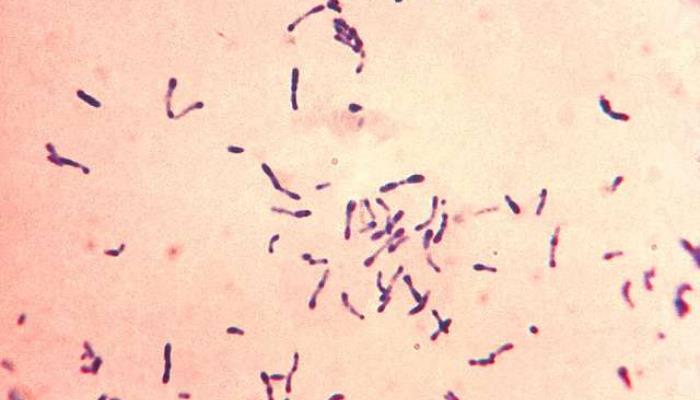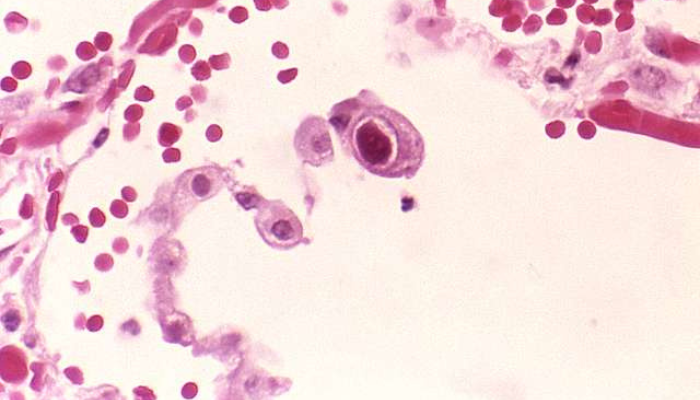
by David Tanedo | Sep 27, 2024 | Bug Library
Pertussis What is it? Pertussis is a highly contagious bacterial infection caused by Bordetella pertussis, also known as whooping cough or the ‘hundred-day cough.’ Symptoms of pertussis include fever, tiredness, runny nose and a cough that gradually develops...

by David Tanedo | Aug 27, 2024 | Bug Library
Diphtheria What is it? Diphtheria is a communicable disease caused by the Corynebacterium diphtheriae and Corynebacterium ulcerans bacteria, which can cause serious respiratory and skin infections. Prior to accessible and widespread vaccination for diphtheria, an...

by David Tanedo | Jul 27, 2024 | Bug Library
Respiratory Syncytial virus (RSV) Respiratory Syncytial virus (RSV) is a virus that affects the airways and lungs, resulting in cold like symptoms. Its very contagious and spreads easily. Most people recover in a week or two, but some cases can be serious. Infants...

by David Tanedo | Jun 27, 2024 | Bug Library
Cytomegalovirus (CMV) What is it? Cytomegalovirus (CMV) is a common virus that belongs to the herpes family, and is related to the Epstein-Barr and varicella-zoster viruses. In healthy people CMV infection can be symptom free. Occasionally the infection can cause...

by David Tanedo | May 27, 2024 | Bug Library
Japanese encephalitis virus (JEV) JEV is a mosquito-borne flavivirus, it belongs to the same genus as dengue and yellow fever. Japanese encephalitis (JE) is caused by the JEV. The first documented case was in 1871 in Japan (where it gets its name); Australia’s first...

by David Tanedo | Apr 27, 2024 | Bug Library
Influenza What is it? Influenza is a virus that causes acute respiratory disease, and usually occurs between April to September each year. Symptoms of influenza include fever, cough, headache, muscle aches and pains, and a sore throat. While influenza can be a...








